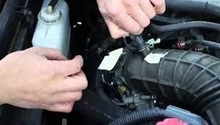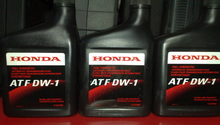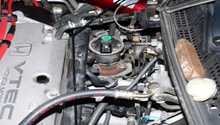Honda Civic: Why Does My Automatic Transmission Slip into False Neutral When Warm?
Diagnose your transmission problems in your Honda Civic before getting stranded on the side of the road, and needing to call a tow truck.
This article applies to the Honda Civic/Del Sol (1992-2000).
When your Civic's transmission slips into "false neutral," the car acts and idles as if it's in neutral, so it does not deliver power from the engine to the driving wheels. There's a handful of reasons that may cause this to happen. The source may be resolved through a simple and cheap repair, but if the damage is too far off, a more severe mechanical issue may need to be addressed. Follow the steps below to diagnose your Civic's automatic transmission.
Step 1 – Check for diagnostic trouble codes
Diagnostic trouble codes (DTC) are error codes logged by the engine control unit (ECU) of your car. These error codes can help speed up the diagnostic process because they can normally pinpoint the issue. Once you have the code, either call your local Honda dealership or search through Google to determine what it indicates. Here are some DTC codes with their descriptions:
- P0700 - Transmission Control System Malfunction: this is a generic transmission error code. It's normally the first code to show up when the ECU picks up any problems with the transmission.
- P0720 - Vehicle Speed Sensor (VSS) Circuit Malfunction: the VSS is mainly used to control the speedometer; however, it is also used to determine shift points. The sensor is located at the end of the transmission by the drive shaft. Normally, this sensor's failure is caused by faulty wiring or a faulty sensor.
- P0730 - Incorrect Gear Ratio: this is a generic transmission error code to notify when the transmission isn't shifting properly, or it's in the wrong gear at a certain speed and RPM range.
- P0740 - Torque Converter Clutch (TCC) Circuit Malfunction: this code indicates a problem with the torque converter. Possible issues include damaged wiring on the TCC solenoids, faulty TCC solenoids, or a faulty TCM (transmission control module).
The cost of an OBD scan tools start at $30, which can be purchased online or at your local auto parts stores. Also, most of automotive stores will scan your car at no cost, and provide you with the DTC codes.
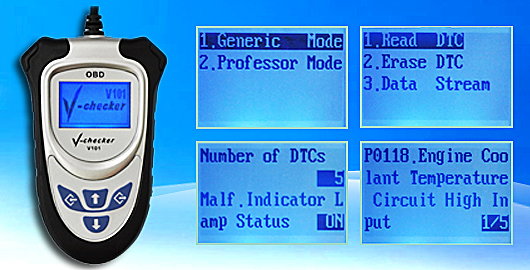
Step 2 – Check the transmission fluid level
Transmission fluid is just as important as the oil in your engine. Without the proper amount of clean fluid, all kinds of problems may occur. Here's a procedure you can follow to check the transmission fluid:
- Fully warm up the engine and the transmission. A short drive or a long idle will suffice.
- Park on a flat, level ground.
- Turn the engine off.
- The transmission dipstick is located on the passenger's side of the engine bay (behind the transmission, and just below the intake tube). You can see that it has a yellow handle.
- Pull out the dipstick, and check the fluid level.
- The level should be in between the two hash marks.
If the fluid is low, top it off. If the fluid is too high, you will need to drain some out.

Step 3 – Check the transmission fluid condition
Fluid condition is just as important as the fluid level, and can be a good indication of any transmission problems. If the transmission fluid is deep-red colored and/or smells burnt, this may indicate that the fluid is old or is a sign of internal damage.
Transmission fluid should really be a lighter color—pink or light red. The darker the fluid is, the sooner you should perform a transmission flush to replace the fluid. Depending on the auto shop you go to, labor costs to get your fluid changed runs from $75 to $150.

Figure 3. Check color/condition of the transmission fluid. 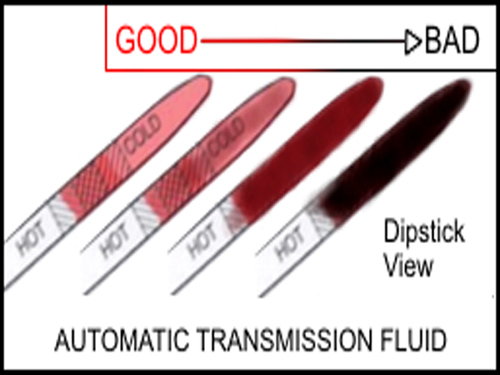
Figure 4. Make sure the transmission fluid is in good condition.
Step 4 – Check for loose connections
The transmission is controlled by a couple of different electrical wires/connections that pass signals to and from the ECU. Here are some areas within the transmission system where you should do a visual inspection:
- Inspect the top of the transmission where the transmission converter clutch (TCC) solenoids are located. If the wires are loose, damaged, or show signs of any leaking fluid, the ECU may read improper signals, and negatively affect the transmission.
- Inspect the area where the drive shaft meets the transmission. This is the location of the vehicle speed sensor (VSS), which helps to determine shift points. While this is a less likely cause of a "false neutral," it's still worth checking out. If the sensor is faulty or any faulty wires are found, replace the VSS.
A new TCC costs around $40 to $100, and a new VSS costs around $25 to $75.
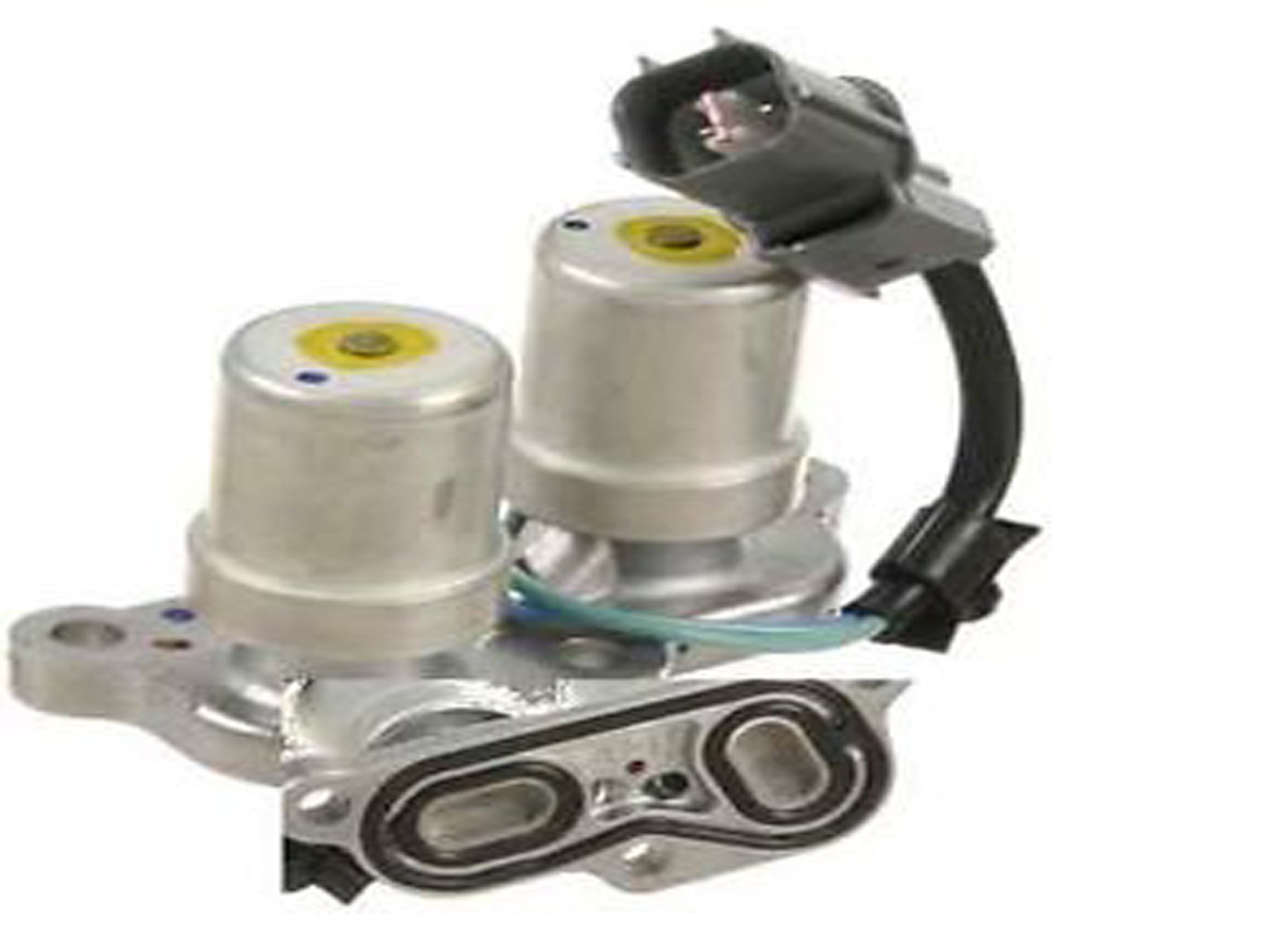
Figure 5. Example of TCC solenoid. 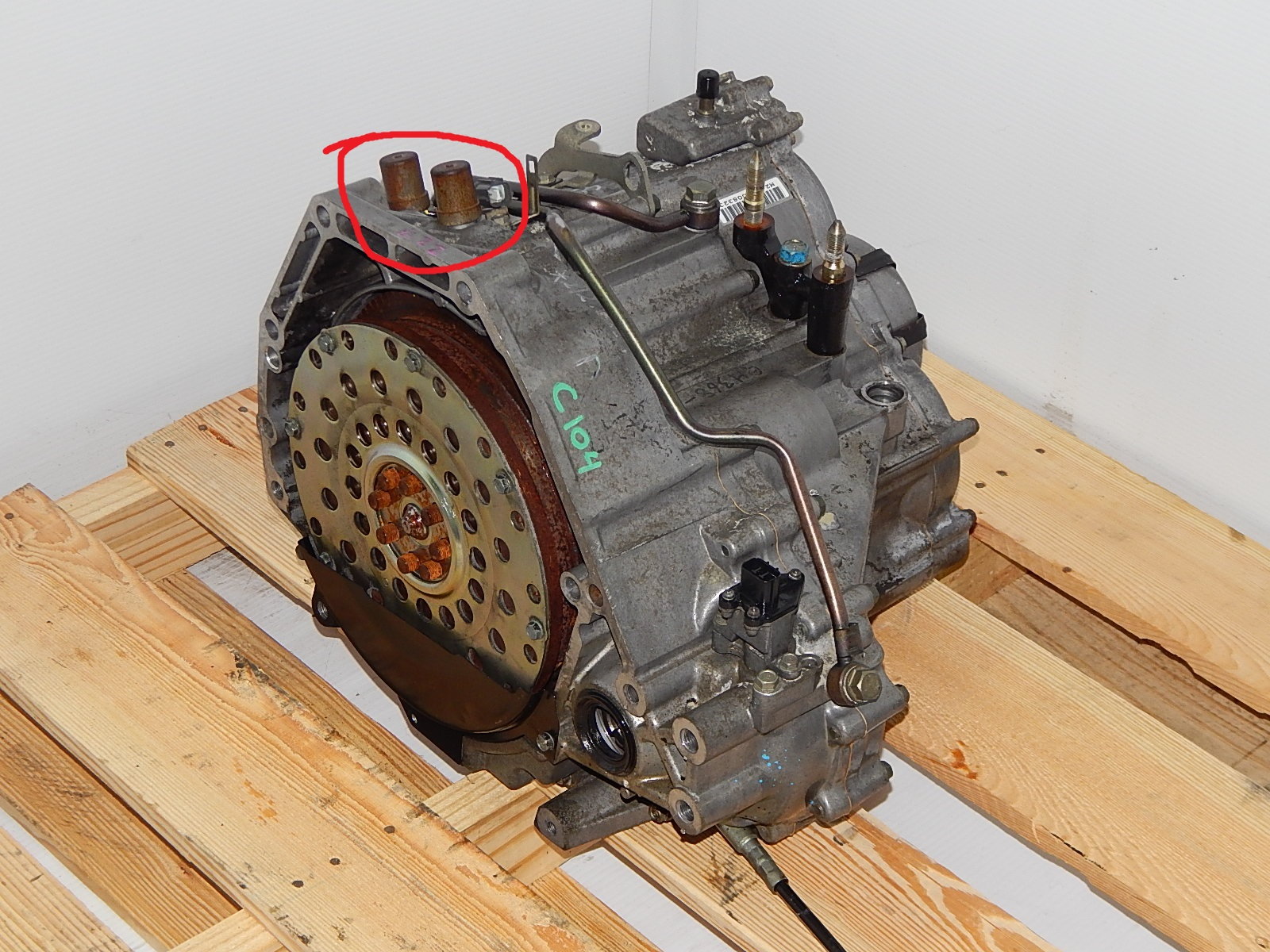
Figure 6. Location of TCC solenoid in a Honda automatic transmission (circled in red). 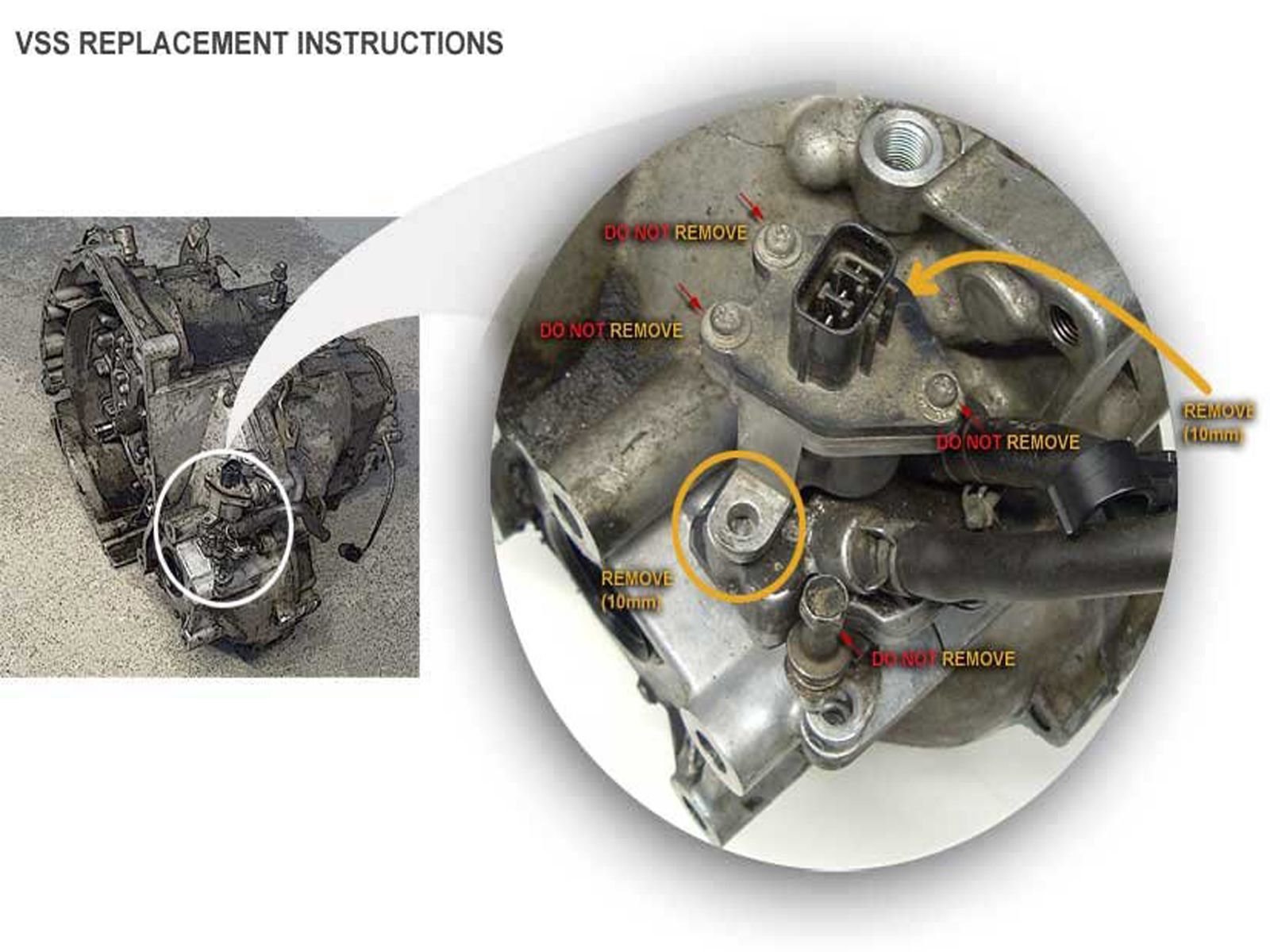
Figure 7. Location of VSS in a Honda automatic transmission (circled in white).
Step 5 – Rebuild or replace the transmission
Unfortunately, if all else fails, the transmission may likely be the problem. If your are not an expert automotive mechanic, take your car to an auto shop to have them write you up a diagnosis and quote. Usually, the most common cause of a "false neutral" is burnt up clutch packs, which does require a transmission rebuild or replacement. As Honda Civics are fairly common vehicles, a rebuild may cost you between $800 to $1,500, and around $300 to $500 for a transmission swap.
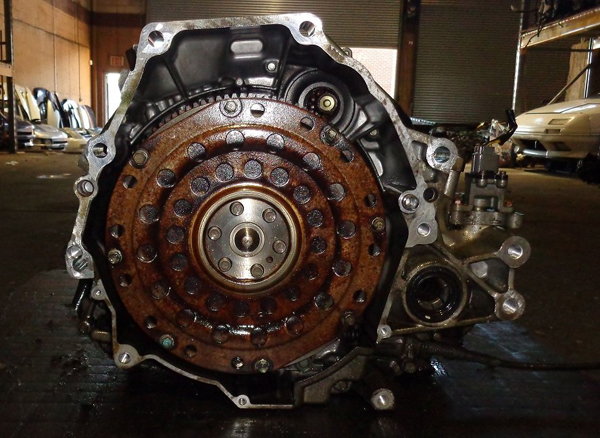
Featured Video: Why Does Transmission Slip into False Neutral?
Related Discussions
- Transmission Slips into False Neutral When Warm - Honda-Tech.com
- How to Check Transmission Fluid - Honda-Tech.com

